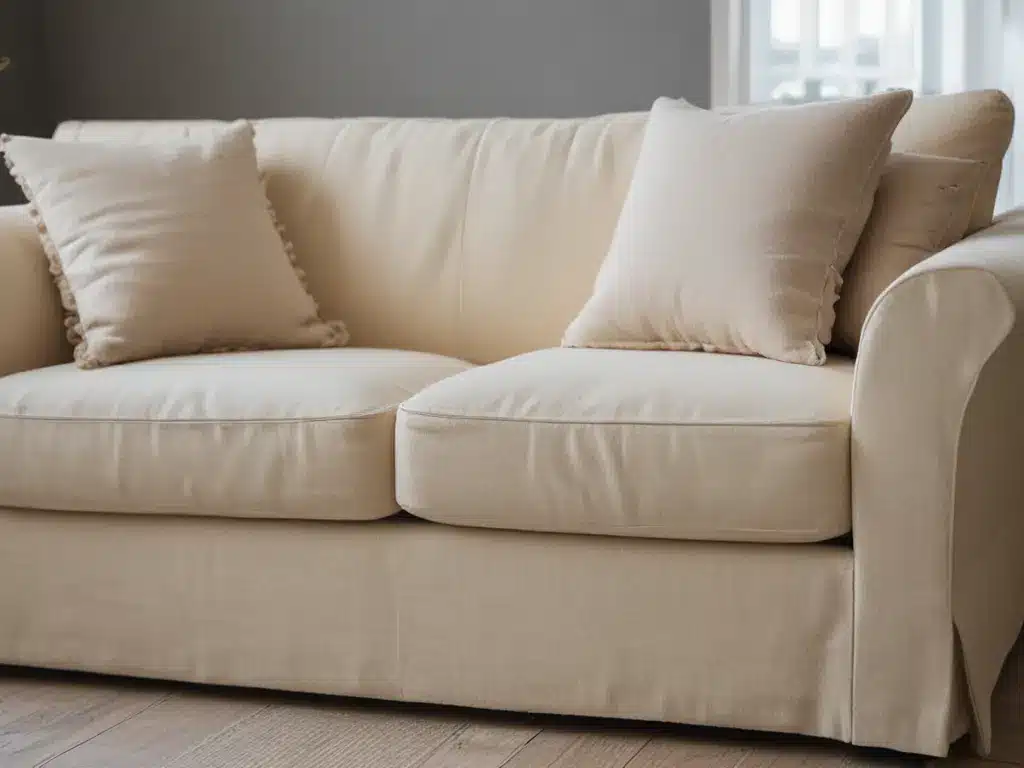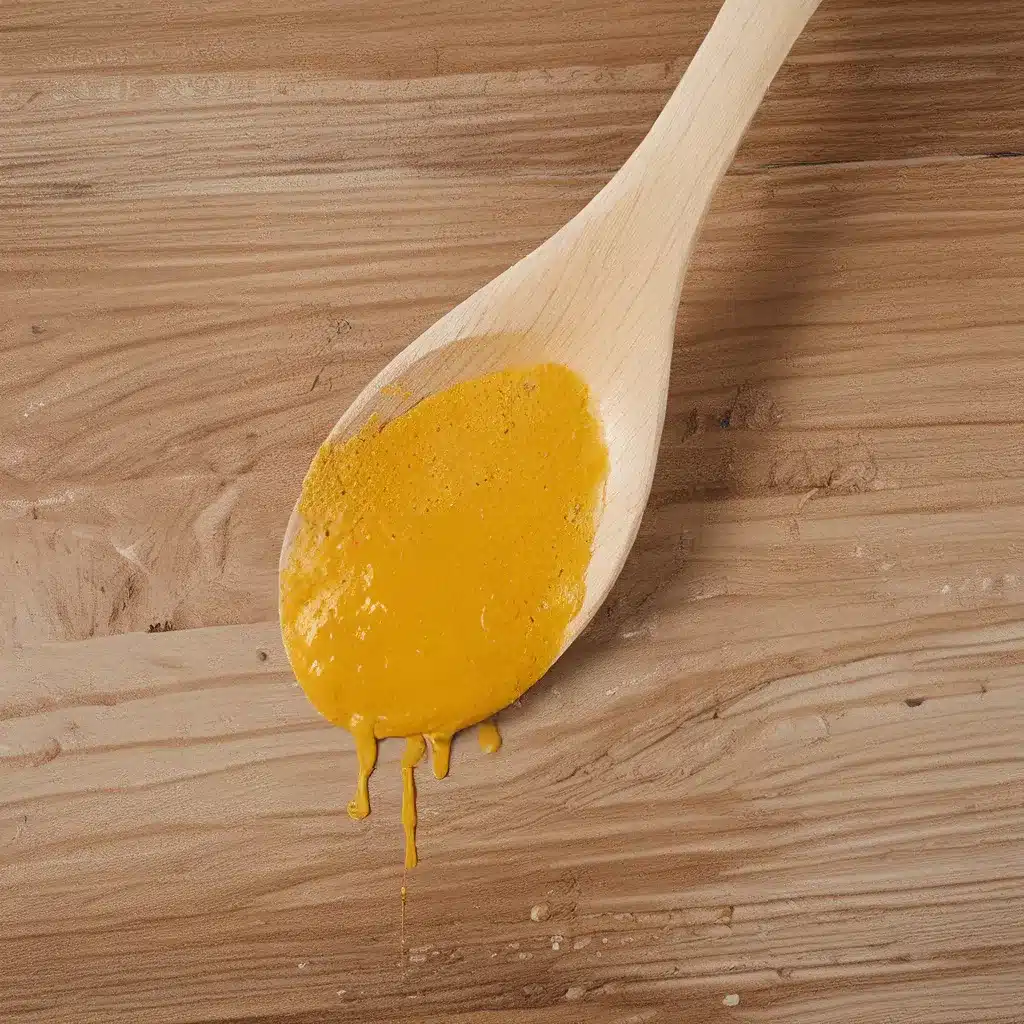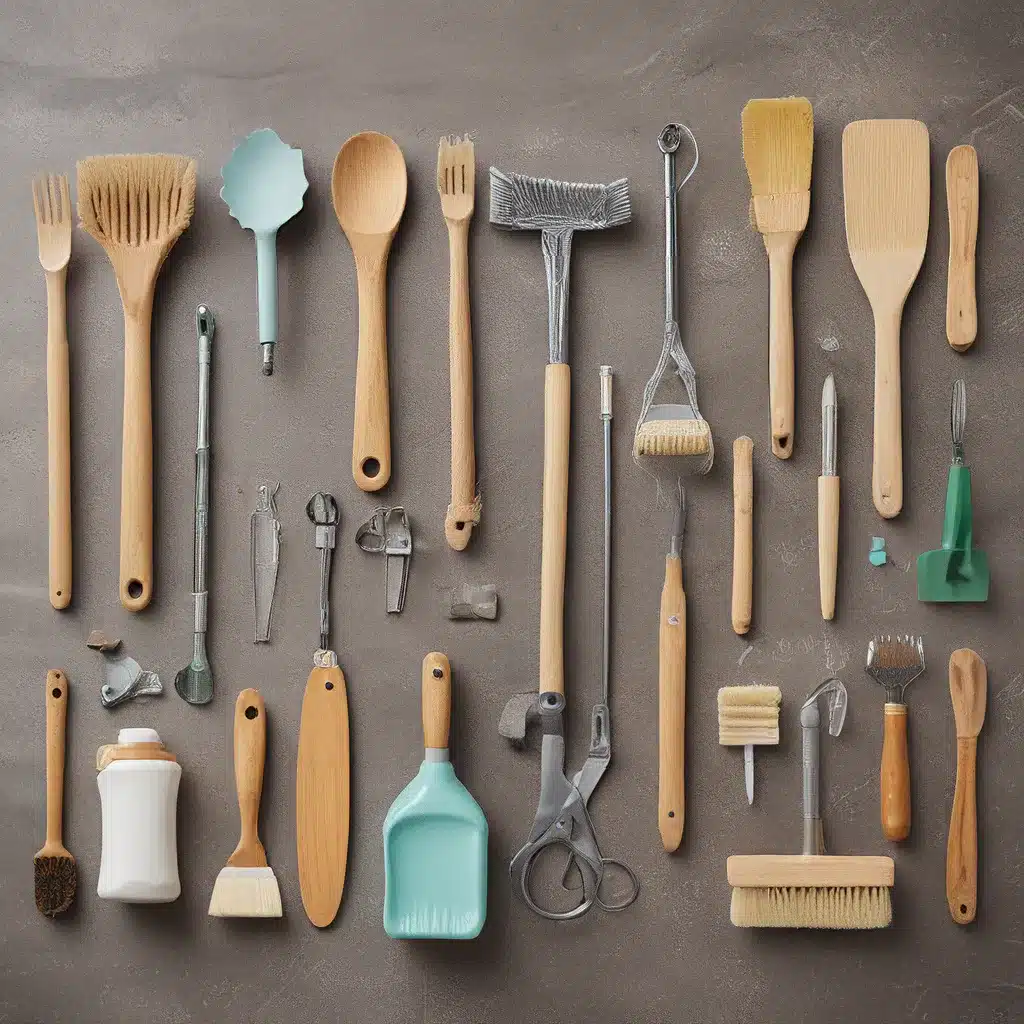Giving old and worn furniture and soft furnishings a new look can be extremely satisfying. With a little time, effort, and creativity, you can breathe new life into pieces and decorate your home on a budget. Here are some tips for revitalizing tired furniture and soft furnishings.
Evaluate the Piece
Before deciding how to revitalize a piece, carefully examine its current condition. Look for any structural damage, stains, worn fabric or upholstery, fading, scratches, etc. This will help determine the best approach.
- For minor damage like scratches or water rings, you may only need to use fillers or touch-up markers.
- For more significant damage or wear, options like sanding, painting, reupholstering, or stenciling may be better.
- Severe structural damage likely means the piece may be better off replaced or require professional help.
Clean Thoroughly
No matter what revitalization method you choose, it’s crucial to start with a deep clean. Built-up dirt, grease, and grime prevent new paint, stain, etc. from properly adhering.
- Vacuum dust and debris from upholstered furniture.
- Use the appropriate cleaner for the material. Test on a small hidden area first.
- For wooden furniture, remove wax or polish buildup with wax removers or strippers before refinishing.
- Allow all surfaces to fully dry before moving on to the next step.
Simple Updates
For furniture and soft furnishings in decent structural shape, simple updates can make a big visual impact.
Hardware
Replacing old knobs, pulls, and other hardware is an easy upgrade. Opt for metal finishes like brushed nickel or antique bronze for a modern yet classic look.
Paint/Stain
Applying a fresh coat of paint or stain goes a long way in reviving worn pieces. Use a primer first when painting. For stain, test on a hidden section first.
Slipcovers
Custom or ready-made slipcovers instantly disguise drab, outdated upholstery. Choose cotton, linen, or microfiber fabrics to suit your decor.
Throw Pillows
Toss pillows and throws breathe new life into tired sofas and chairs. Play with different colors, patterns, textures to create a refreshed look.
Major Overhauls
For the most dramatic transformations, consider the following more intensive revitalization projects.
Sanding and Refinishing
Sanding removes old finishes and smoothes surfaces in preparation for new stain or paint. Use an orbital sander for flat surfaces and detail sander for small or contoured areas. Always refinish after sanding to protect the wood.
Reupholstering
Replacing worn upholstery fabric requires some sewing skills. First, remove old fabric completely. Measure space carefully, purchase fabric, and use spray adhesive and staple gun to adhere new fabric. May also want to replace padding.
Stenciling/Decoupage
Stencils (purchased or homemade) add eye-catching designs when painted over a base coat. For decoupage, use adhesive to attach paper cutouts to furniture before coating with polyurethane. Sand surfaces first.
Tile/Wood Resurfacing
Specialty resurfacing kits allow you to adhere new tile or wood veneer over existing surfaces like wood or laminate for an updated look. Use proper adhesive and seal with polyurethane after.
No matter the revitalization approach, always prep properly and work in a well-ventilated area. Be patient as some projects require careful technique. But the end results are well worth it – updated furniture on a budget!







